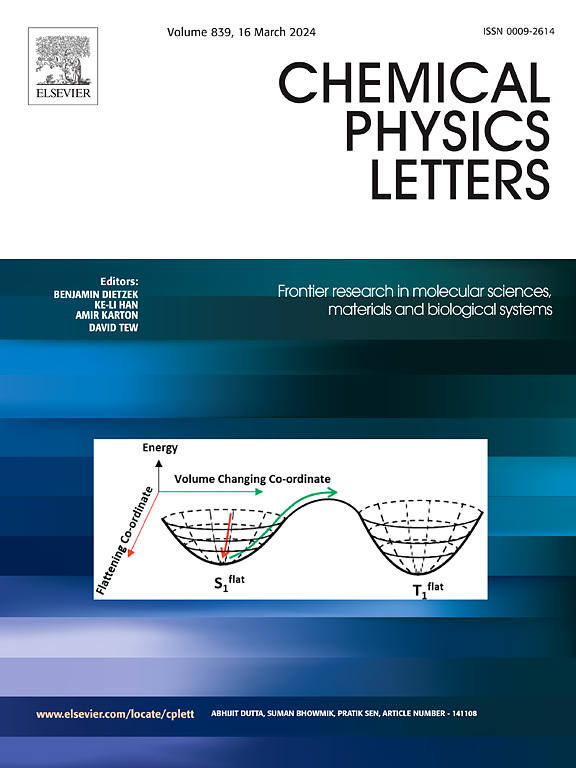N,S/S-doped porous carbon for the sustainable recycling of palladium from waste printed circuit boards
IF 2.8
3区 化学
Q3 CHEMISTRY, PHYSICAL
引用次数: 0
Abstract
N, S co-doped porous carbon (NSC) and S-doped porous carbon (SC) were used to adsorb precious metals from WPCB leaching liquor. The adsorption of Pd2+ can be described by the pseudo-second-order model, and the maximum adsorption amounts by NSC and SC reach 214.89 mg·g−1 and 131.74 mg·g−1, respectively. The mechanism and coordination of Pd2+ adsorption by NSC and SC were investigated by XPS and EXAFS. NSC and SC show excellent selectivity of Au3+ and Pd2+, and the adsorption rate of Pd2+ can reach 77 %. Using precious metals supported on porous carbons as electrocatalytic hydrogenation catalyst, NSC-Pd shows good electrocatalytic activity.

N,S/S掺杂多孔碳可持续回收废印刷电路板中的钯
采用N, S共掺杂多孔碳(NSC)和S掺杂多孔碳(SC)吸附WPCB浸出液中的贵金属。NSC和SC对Pd2+的最大吸附量分别达到214.89 mg·g−1和131.74 mg·g−1。用XPS和EXAFS研究了NSC和SC吸附Pd2+的机理和协同作用。NSC和SC对Au3+和Pd2+具有良好的选择性,对Pd2+的吸附率可达77%。利用多孔碳负载贵金属作为电催化加氢催化剂,NSC-Pd表现出良好的电催化活性。
本文章由计算机程序翻译,如有差异,请以英文原文为准。
求助全文
约1分钟内获得全文
求助全文
来源期刊

Chemical Physics Letters
化学-物理:原子、分子和化学物理
CiteScore
5.70
自引率
3.60%
发文量
798
审稿时长
33 days
期刊介绍:
Chemical Physics Letters has an open access mirror journal, Chemical Physics Letters: X, sharing the same aims and scope, editorial team, submission system and rigorous peer review.
Chemical Physics Letters publishes brief reports on molecules, interfaces, condensed phases, nanomaterials and nanostructures, polymers, biomolecular systems, and energy conversion and storage.
Criteria for publication are quality, urgency and impact. Further, experimental results reported in the journal have direct relevance for theory, and theoretical developments or non-routine computations relate directly to experiment. Manuscripts must satisfy these criteria and should not be minor extensions of previous work.
 求助内容:
求助内容: 应助结果提醒方式:
应助结果提醒方式:


